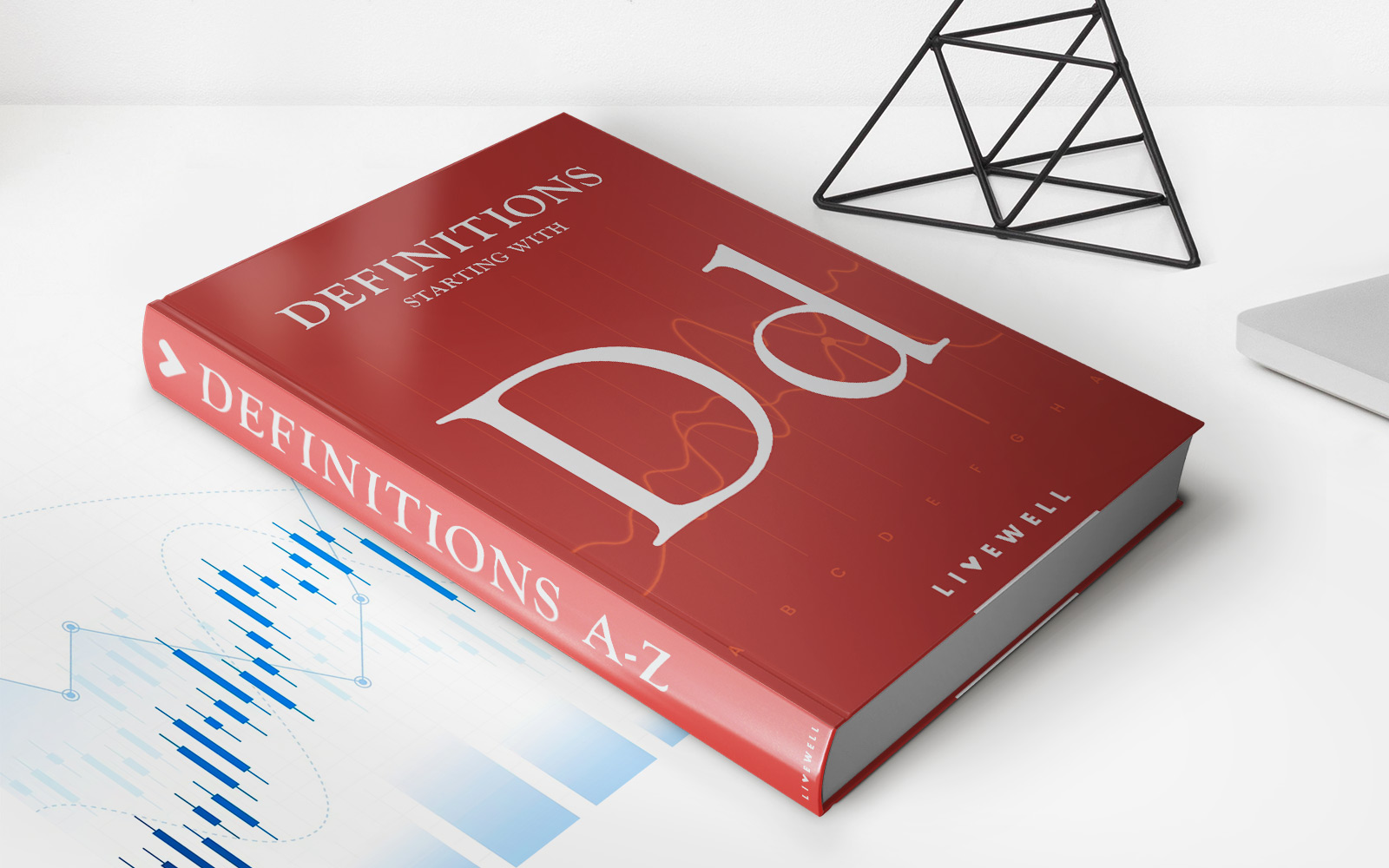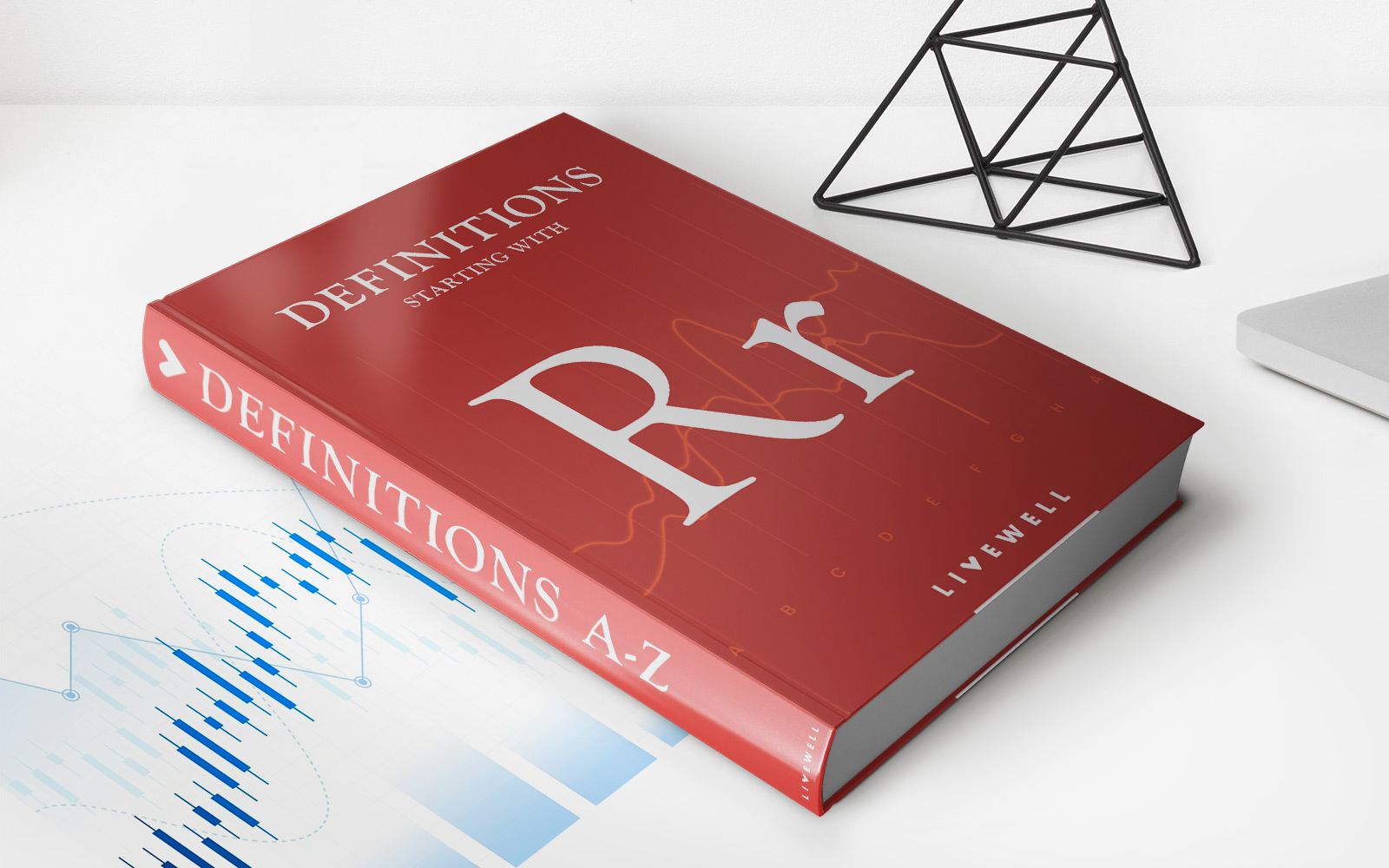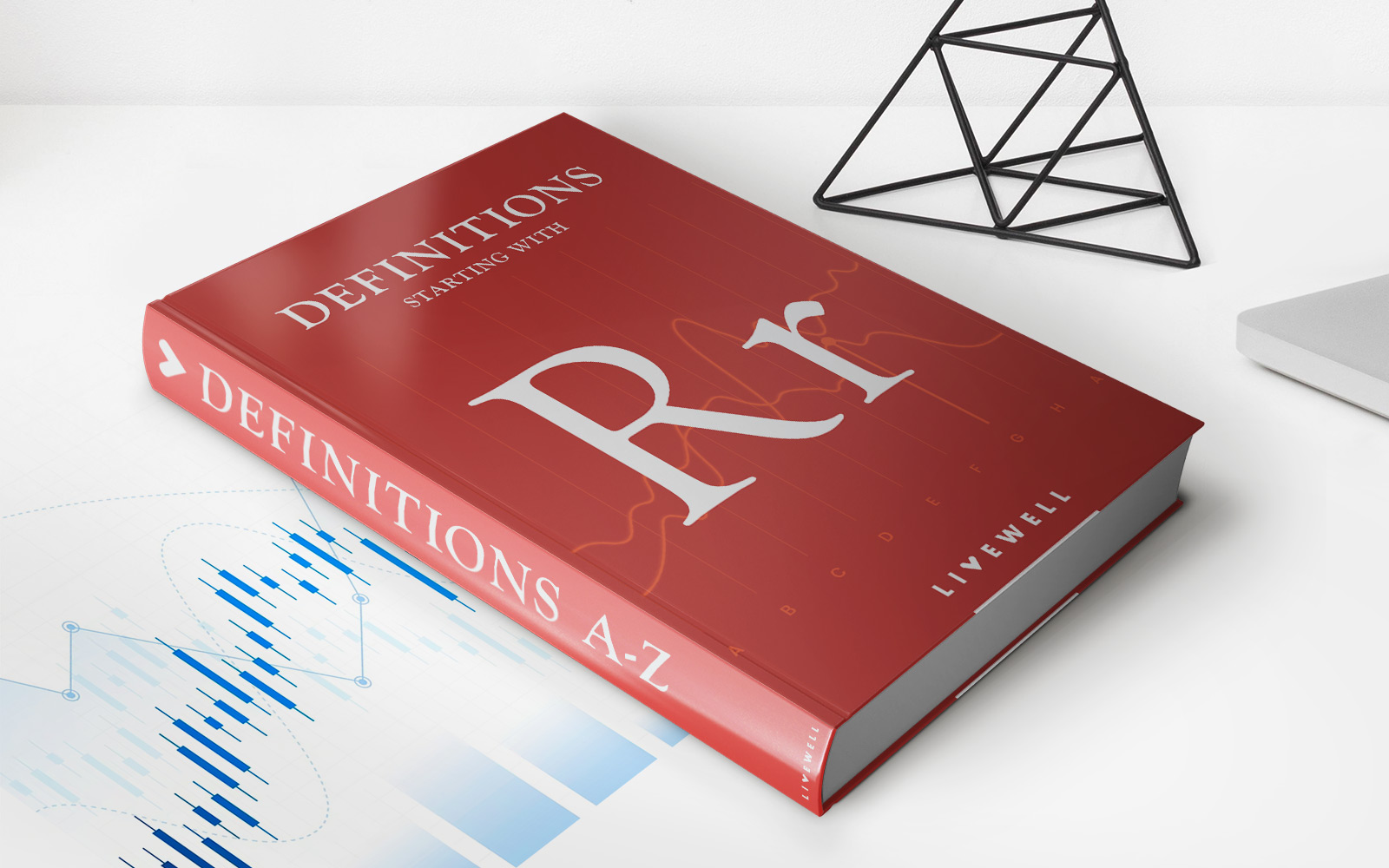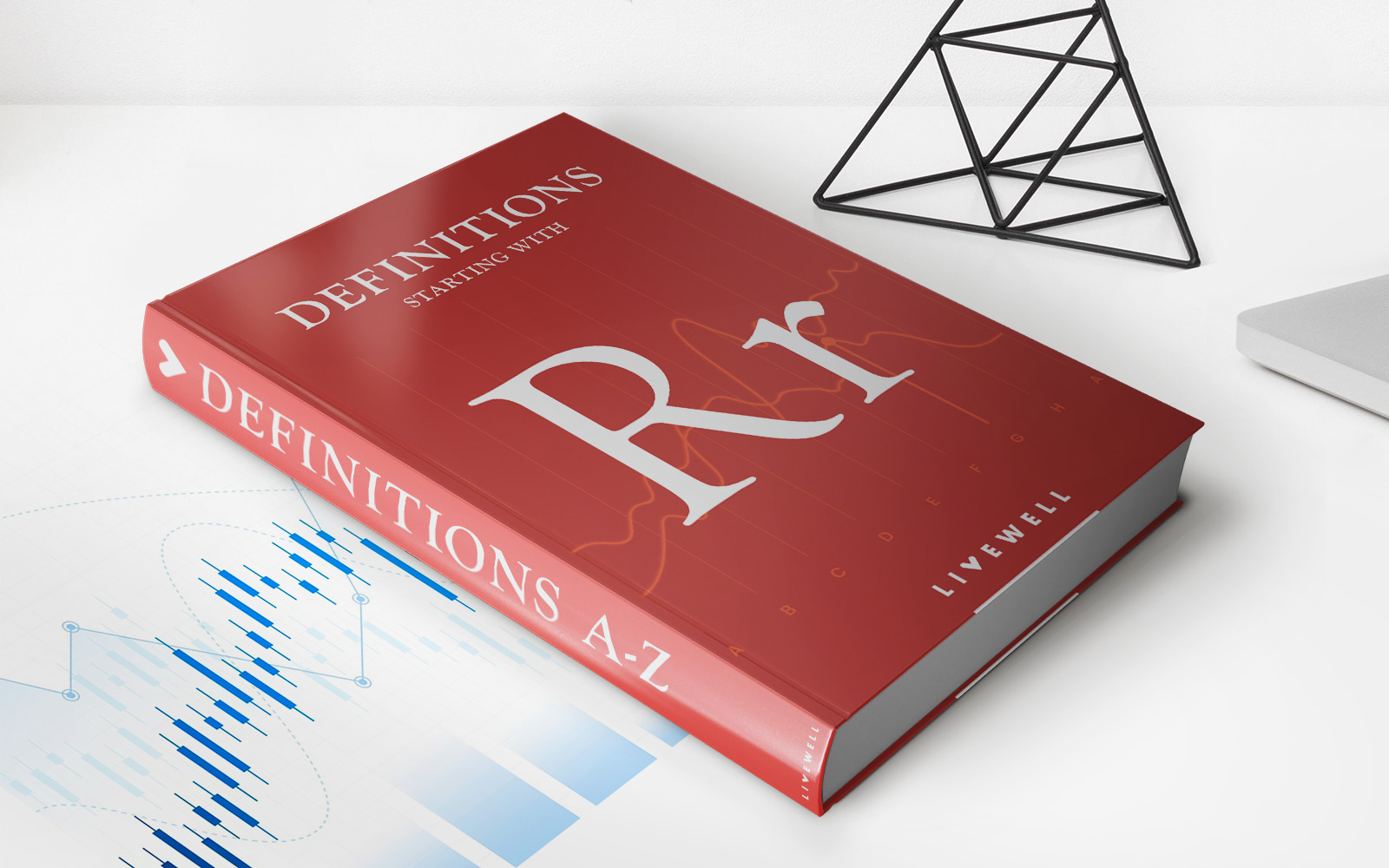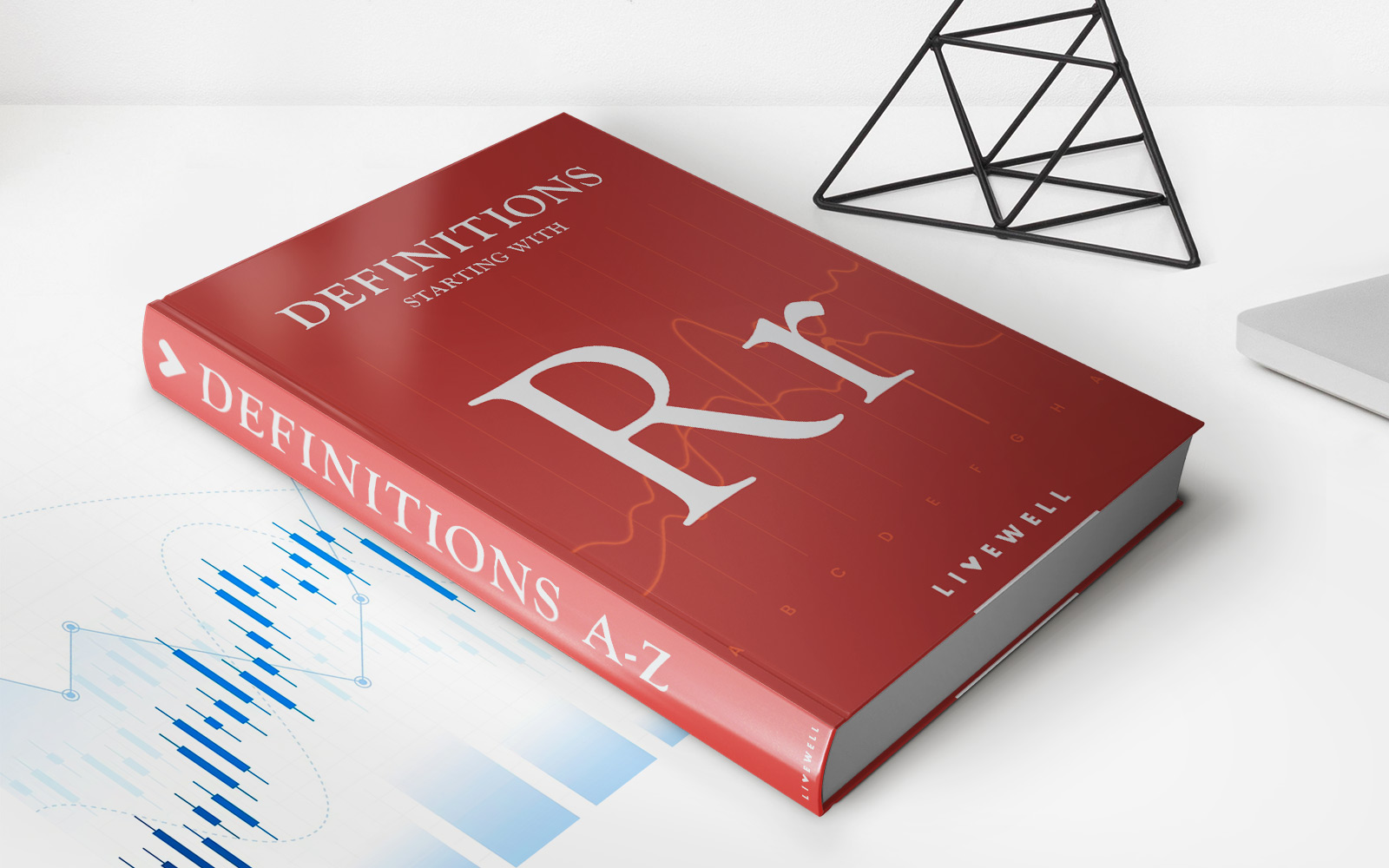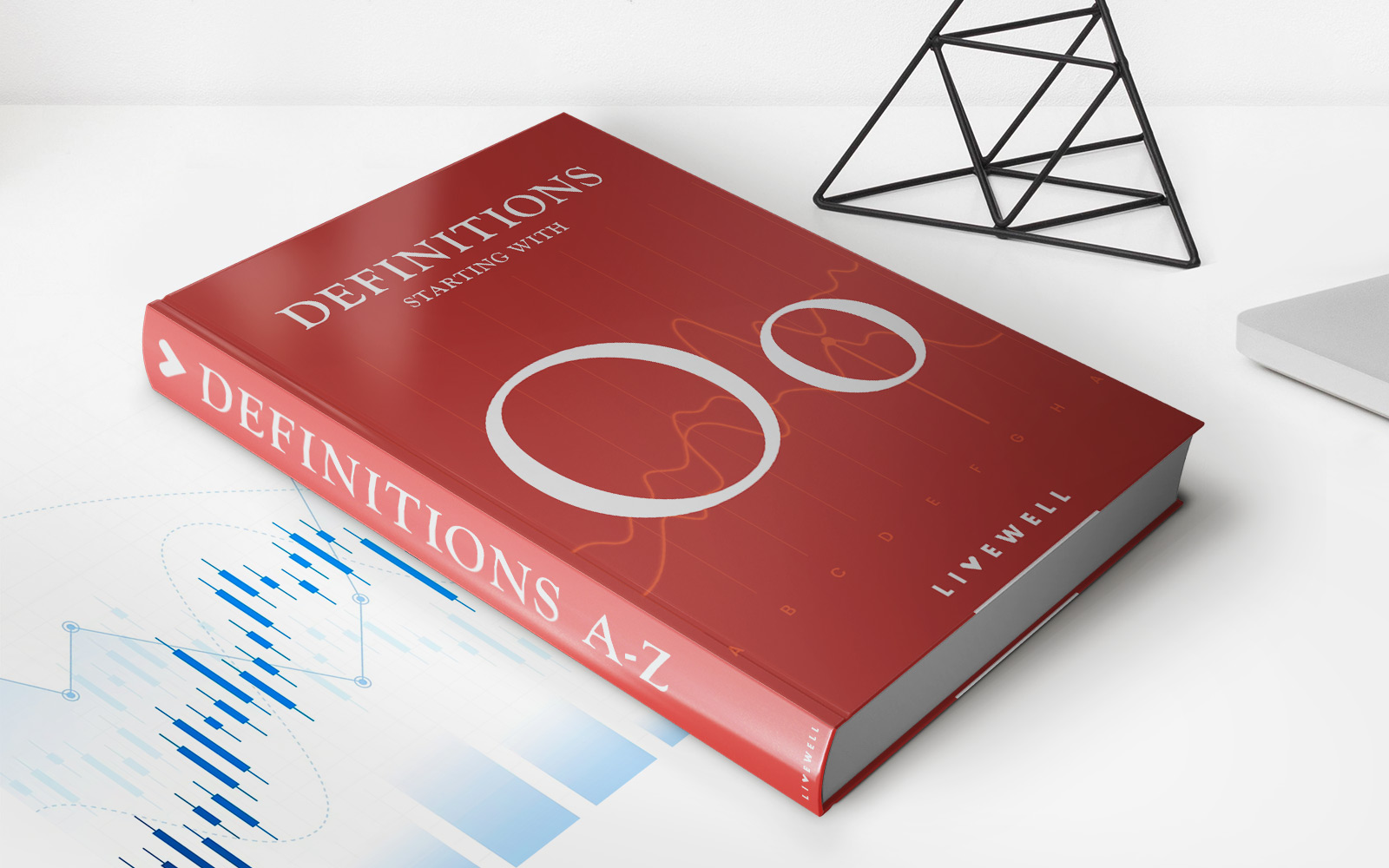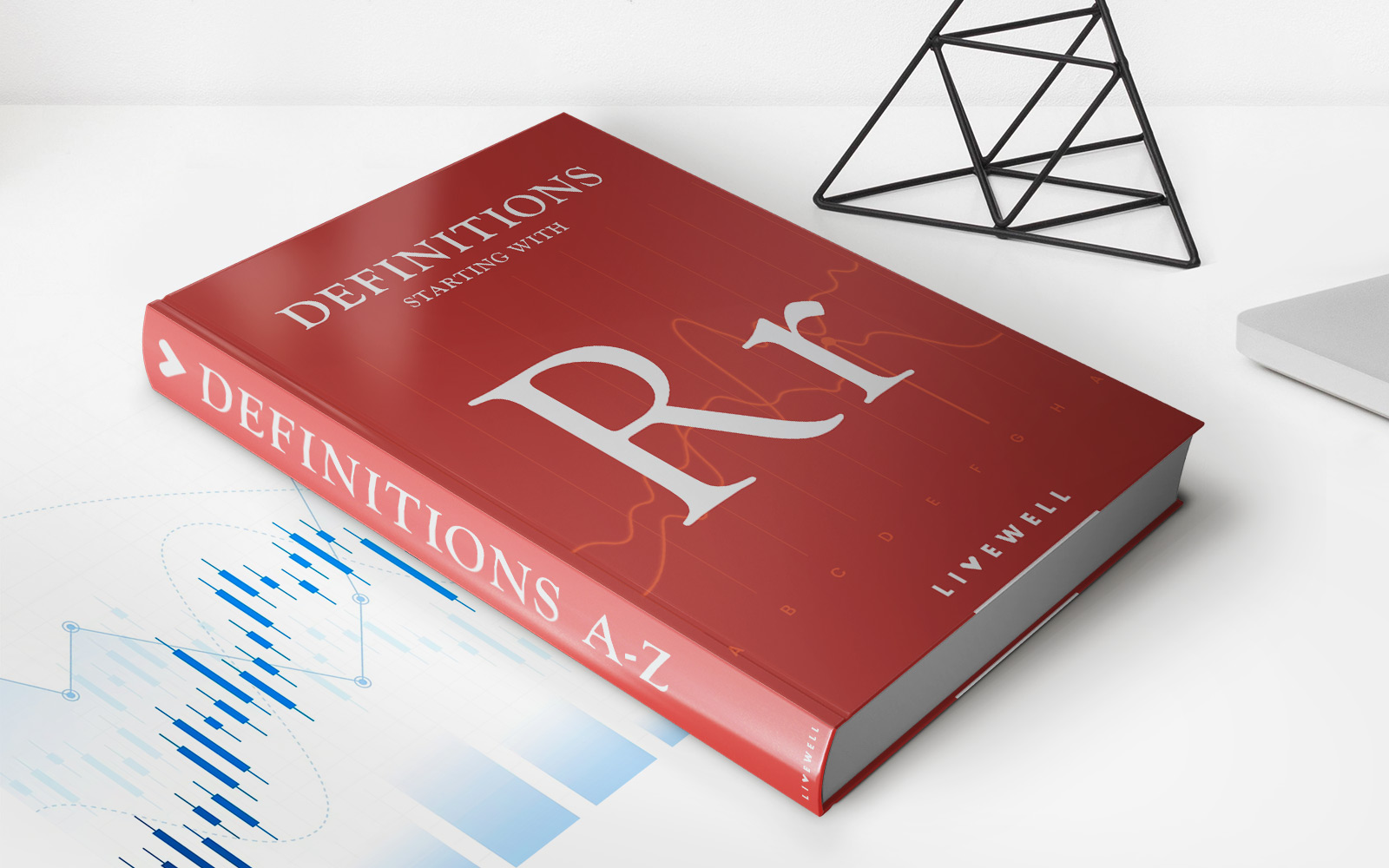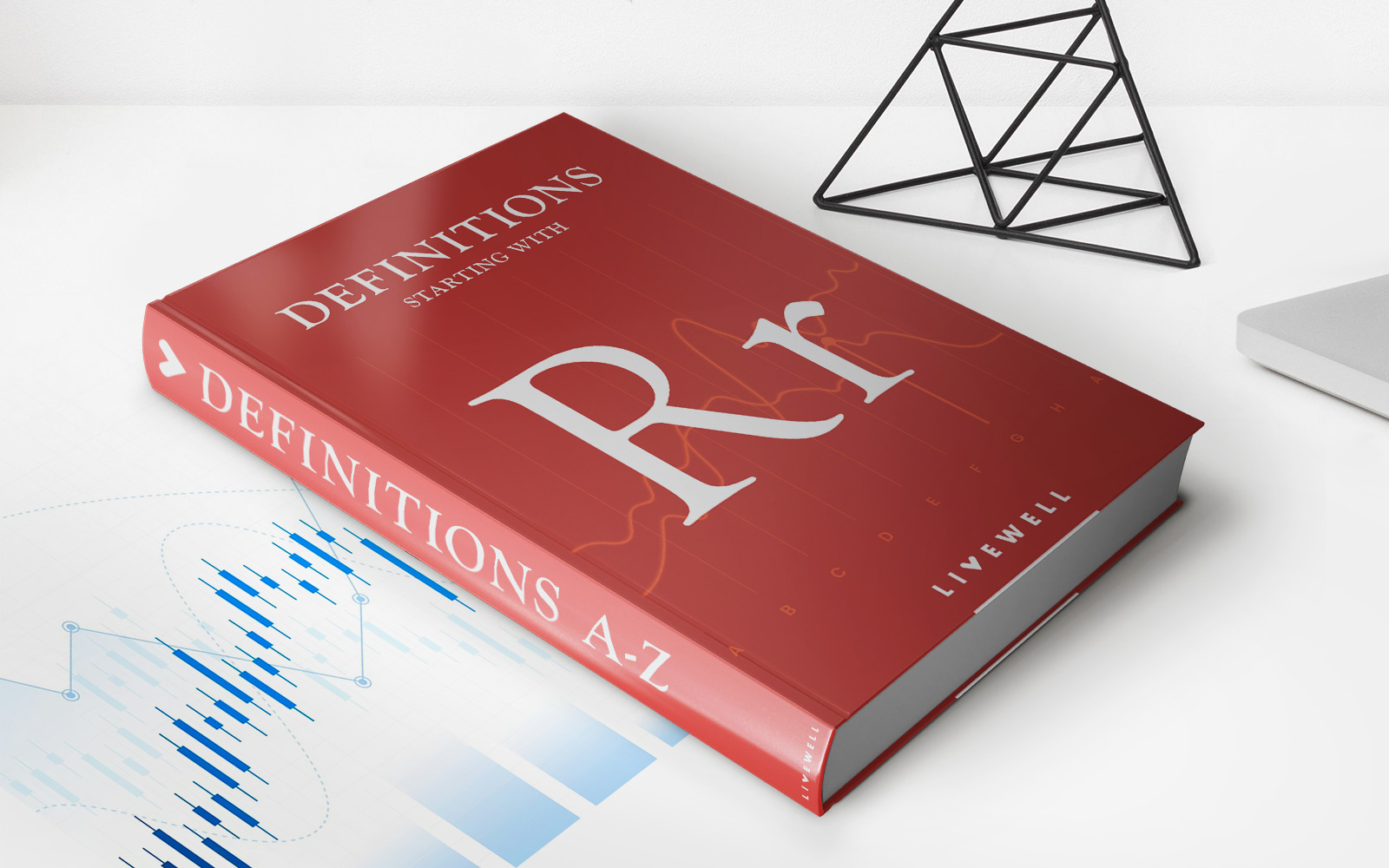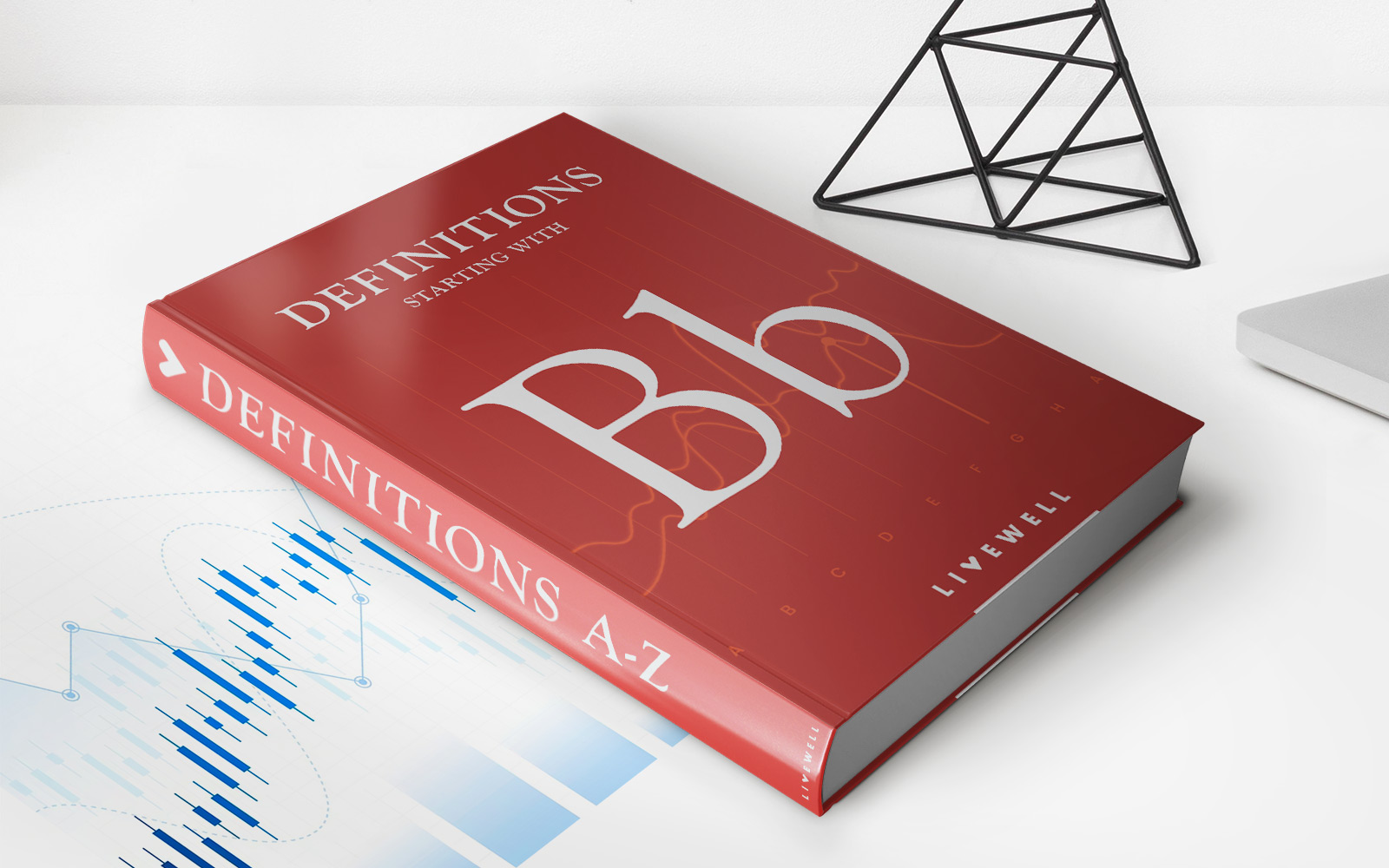Home>Finance>Williams %R: Definition, Formula, Uses, And Limitations
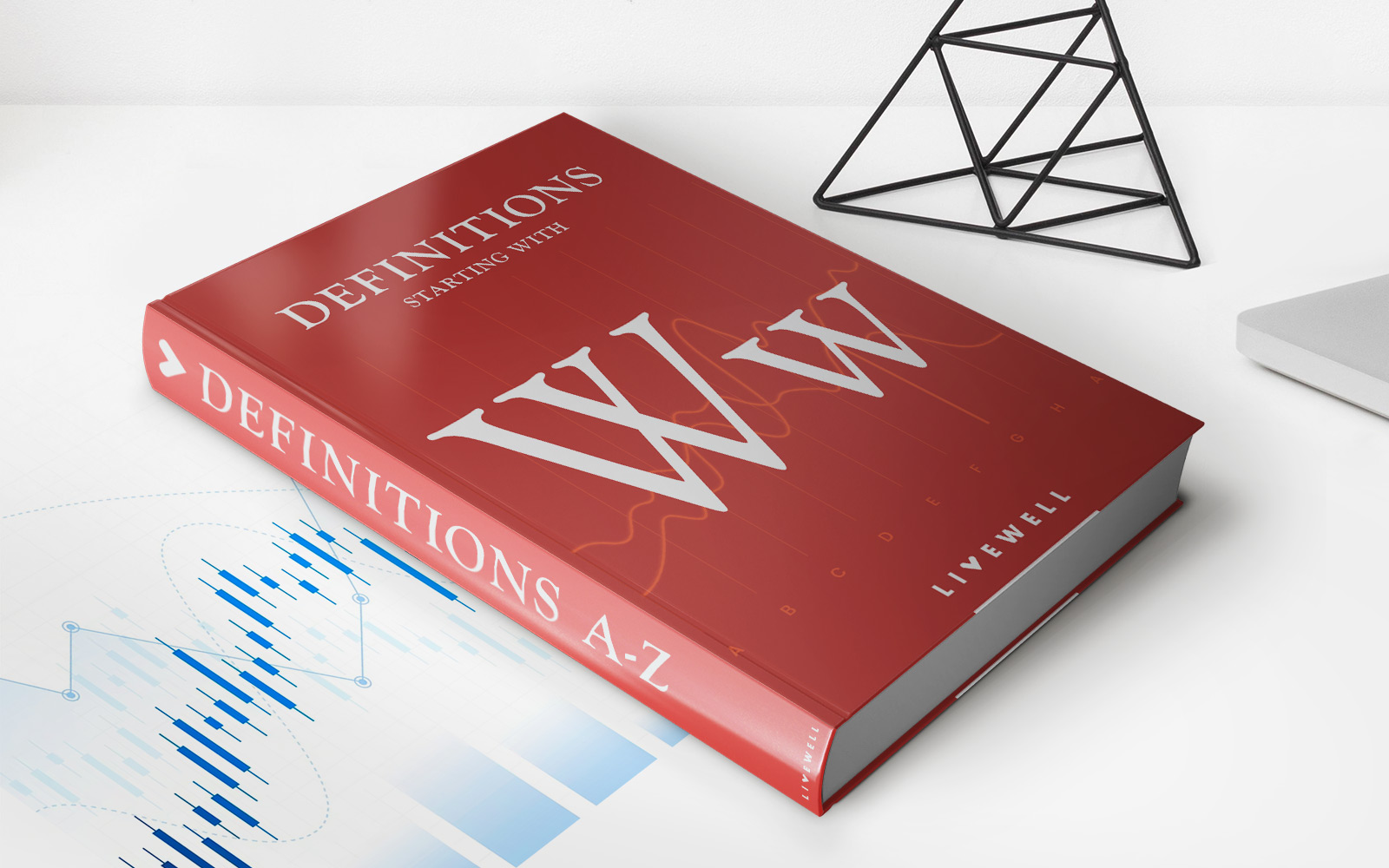

Finance
Williams %R: Definition, Formula, Uses, And Limitations
Published: February 18, 2024
Learn everything you need to know about Williams %R in finance. Discover its definition, formula, uses, and limitations for effective market analysis.
(Many of the links in this article redirect to a specific reviewed product. Your purchase of these products through affiliate links helps to generate commission for LiveWell, at no extra cost. Learn more)
Understanding Williams %R: Definition, Formula, Uses, and Limitations
When it comes to navigating the intricate world of finance, Williams %R is a powerful tool that offers invaluable insights to traders and investors. In this blog post, we will explore the definition, formula, uses, and limitations of Williams %R, providing you with a comprehensive understanding of this essential financial indicator.
Key Takeaways:
- Williams %R is a popular technical analysis oscillator used to identify overbought and oversold conditions in the stock market.
- It is calculated by comparing the current closing price to the highest high and lowest low over a specified period of time.
The Definition of Williams %R
Developed by renowned trader and author Larry Williams, Williams %R is a momentum-based oscillator used in technical analysis to identify potential reversal points in the market. It is a unique indicator that measures the relative position of the most recent closing price, in relation to the highest high and lowest low over a specific period of time. This indicator is expressed as a percentage and is plotted on a range of -100 to 0, with -20 to 0 considered overbought territory, and -80 to -100 indicating oversold conditions.
The Formula for Williams %R
The formula for Williams %R involves a simple calculation that can be easily implemented in financial analysis tools:
Williams %R = (Highest High – Close) / (Highest High – Lowest Low) * -100
Here, the Highest High represents the highest price recorded over a specified time period, the Close represents the most recent closing price, and the Lowest Low indicates the lowest price reached during the same timeframe. By plugging in these values, the formula provides a measure of the current price’s proximity to the highest high and lowest low, expressed as a percentage.
Uses of Williams %R
Williams %R offers a range of applications and benefits to traders and investors. Here are a few ways it can be utilized:
- Identifying Overbought and Oversold Conditions: Williams %R is especially useful in identifying overbought and oversold conditions in the market. When the indicator reaches the -20 to 0 range, it suggests that the market is overbought and due for a potential price reversal or pullback. Conversely, when the indicator falls into the -80 to -100 range, it indicates oversold conditions, potentially signaling a buying opportunity.
- Divergence Analysis: By comparing the price action with the Williams %R indicator, traders can identify divergence patterns, which occur when the indicator moves in the opposite direction to the underlying security’s price. Divergence can signal potential trend reversals, providing traders with valuable insights.
- Trend Confirmation: Williams %R can also be used as a supplementary tool to confirm existing trends. When the indicator remains in the oversold range during an uptrend, or in the overbought range during a downtrend, it reinforces the strength of the prevailing trend.
However, it is important to note that Williams %R should not be used in isolation and should be used alongside other technical analysis tools and indicators for more accurate interpretations of market conditions.
Limitations of Williams %R
Like any technical indicator, Williams %R has its limitations. Here are a few factors to consider:
- False Signals: While Williams %R can provide valuable insights, it is not immune to generating false signals. Traders should exercise caution and use it in conjunction with other indicators to confirm trading decisions.
- Whipsaw Movements: In volatile market conditions, Williams %R can exhibit whipsaw movements, leading to false signals or erratic readings. It is crucial to consider these market dynamics when interpreting the indicator.
- Dependence on Timeframes: The reliability of Williams %R can vary depending on the chosen timeframe. Different timeframes can yield different readings, and it is essential to select a timeframe that aligns with your trading strategy and goals.
As with any tool in the financial industry, it is vital to understand the limitations and potential drawbacks of Williams %R. By combining it with other indicators, conducting thorough analysis, and considering market conditions, traders can harness the power of this valuable tool more effectively.
Conclusion
Williams %R is a powerful technical analysis tool that provides traders and investors with invaluable insights into market conditions. By understanding its definition, formula, and uses, as well as its limitations, individuals can leverage this indicator to make more informed trading decisions. However, it should always be used in conjunction with other indicators and market analysis for the best results. So why not consider adding Williams %R to your arsenal of financial tools and take advantage of the wealth of information it offers?

